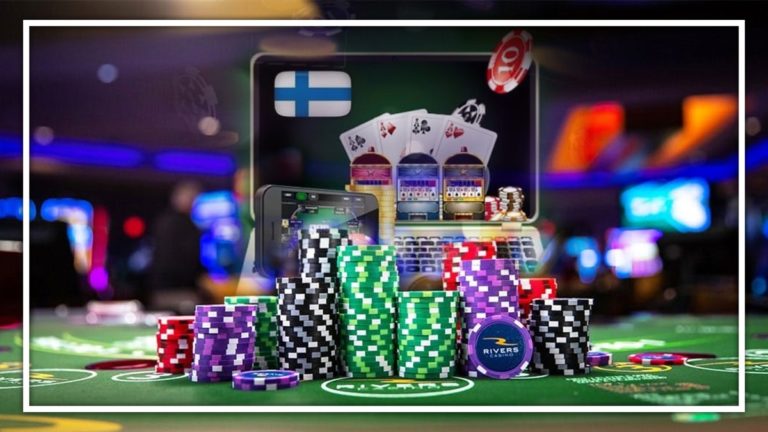In order to understand slot machines and payback percentages, it is first important to understand how these machines work. Slot machines are governed by random number generators, and each time a player spins the reels, the machine selects a random sequence of numbers. These numbers correspond to positions on the reels, and the order in which they are selected determines the outcome of the spin.
Slot Machines and Payback Percentages
The payback percentage slot is the portion of each dollar that the machine pays back to the player. For example, a machine with a payback percentage of 95% will return 95 cents for every dollar that is wagered. The payback percentage is not the same as the house edge, which is the percentage of each dollar that the casino keeps. The house edge is the difference between the payback percentage and 100%.
Most slot machines have a payback percentage of between 75% and 99%. The exact percentage varies depending on the machine and the game. Some machines, such as those in Las Vegas, have a payback percentage of over 99%.
Payback percentages are affected by the denomination of the machine. For example, a machine with a payback percentage of 95% for quarters will have a payback percentage of 90% for dollar slots. The higher the denomination, the lower the payback percentage.
Some machines have a progressive jackpot, which means that the jackpot grows as more people play the machine. The payback percentage for these machines is usually lower than for other machines because a portion of each bet is added to the jackpot. The progressive jackpot continues to grow until someone hits the jackpot and wins the entire prize. The payout percentage for these machines is always lower than for regular machines.
There are a few things that players can do to increase their chances of winning. First, they should play the maximum number of coins allowed, because this will give them the best chance of hitting the jackpot. Second, they should look for machines with a high payback percentage. Third, they should play machines that have a progressive jackpot.
Players should be aware that the payback percentage is the long-term average, and that in the short term, anything can happen. A player could spin the reels a hundred times and not win anything, or he could spin the reels and hit the jackpot on the first try. The long-term payback percentage is a statistical average, and it’s not a guarantee that a player will win or lose, but it’s the best information that a player has to go on.
Conclusion:
The bottom line is that slot machines are a game of chance, and there is no guaranteed way to win. However, by following the tips above, players can increase their chances of winning and have a better chance of walking away from the machine a winner.

